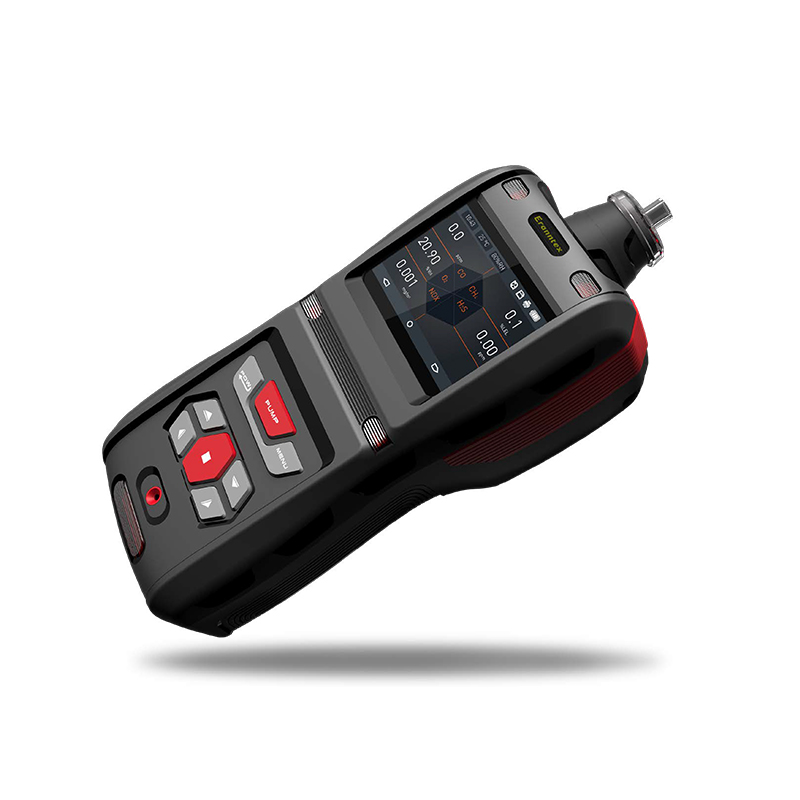- English
- Español
- Português
- русский
- Français
- 日本語
- Deutsch
- tiếng Việt
- Italiano
- Nederlands
- ภาษาไทย
- Polski
- 한국어
- Svenska
- magyar
- Malay
- বাংলা ভাষার
- Dansk
- Suomi
- हिन्दी
- Pilipino
- Türkçe
- Gaeilge
- العربية
- Indonesia
- Norsk
- تمل
- český
- ελληνικά
- український
- Javanese
- فارسی
- தமிழ்
- తెలుగు
- नेपाली
- Burmese
- български
- ລາວ
- Latine
- Қазақша
- Euskal
- Azərbaycan
- Slovenský jazyk
- Македонски
- Lietuvos
- Eesti Keel
- Română
- Slovenski
- मराठी
- Srpski језик
How Should Ammonia Detectors Be Deployed in Farms?
2025-07-22
In modern livestock and poultry farming, ammonia concentration is a key indicator for measuring the safety of the breeding environment and the health of animals. Therefore, whether the ammonia detector is deployed reasonably directly determines the accuracy of the monitoring data and the timeliness of the early warning. So, how should ammonia gas detectors be deployed in farms? The following is the sharing of the editor of Zetron Technology.

I. Hazards of excessive ammonia
High concentrations of ammonia can be regarded as a double threat to livestock and poultry health and breeding safety. On the one hand, it will directly stimulate the respiratory mucosa of livestock and poultry, leading to a decline in immune function, and become an important hidden danger for inducing respiratory diseases; on the other hand, continuous exposure to an environment with excessive ammonia will also seriously damage the occupational health of breeders and significantly reduce work comfort and efficiency. Therefore, it is very important to deploy ammonia gas detectors in the breeding industry.
II. Based on the source of ammonia
To reasonably deploy ammonia gas detectors in farms, it is necessary to start from the source of ammonia generation, the law of air circulation and the area of animal activity, so as to protect the monitoring data accurately and effectively.
Ammonia mainly comes from the fermentation of livestock and poultry manure and the mildew of feed. Therefore, gas detectors should be installed in manure ditches, under manure slats, and near feed storage areas to capture changes in ammonia concentration in a timely manner.
III. Optimize the layout according to air flow
Ventilation conditions have a significant impact on the diffusion of ammonia. Ammonia gas detectors should avoid the direct blowing area of vents to prevent airflow from interfering with data; at the same time, the points should be densely distributed in places where air circulation is not smooth, such as the opposite side of the fan outlet and the corners, to avoid missing hidden corners where ammonia accumulates.
IV. In line with animal habits, layered and regionalized control
Different livestock and poultry have different breathing heights, and the height of the points needs to be correctly matched. For example, in a pig house, the ammonia gas detector should be installed at the height of the pig breathing layer close to the ground, and in a chicken house, it should correspond to the height of the middle layer of the chicken cage, so that the detected ammonia concentration is consistent with the actual contact concentration of the animal.
In addition, the farm is large in area and complex in structure, so ammonia gas detectors need to be evenly distributed at multiple points, such as corridors and various breeding units. For ammonia-sensitive areas such as delivery rooms and cub breeding areas, more detection points should be added to achieve multi-directional and no-missing angle monitoring.
In summary, the scientific deployment of ammonia gas detectors is the key to the refined management of farms. From the source to the flow path, from the breathing height to the sensitive area, each point affects the monitoring effect. If you have any questions about installation, maintenance and different scales of points, please communicate with Zetron Technology. Shenzhen gas detector source manufacturers provide you with professional solutions.







